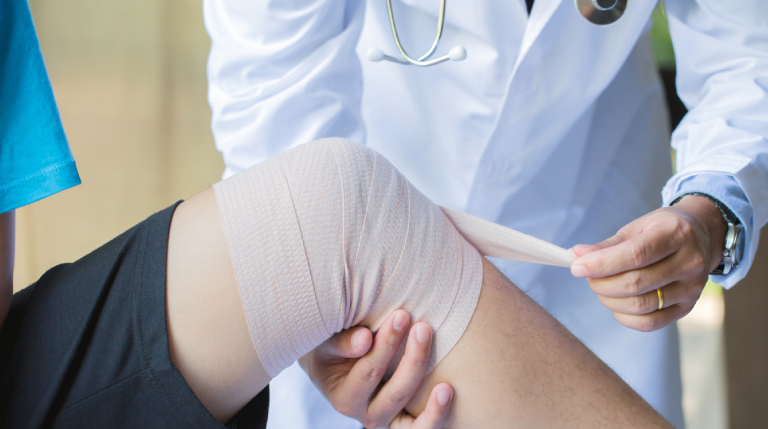PROS AND CONS OF PARTIAL KNEE REPLACEMENT SURGERY
ACL and knee replacement: A partial knee replacement or knee arthroscopy to replace damaged bone and cartilage with an artificial implant. The healthy cartilage bone and ligaments surrounding the knee remain intact. This procedure is only suitable for people with
Anesthesia for the patient undergoing total knee replacement
ACL and knee replacement: Before we delve into decoding the significance of anaesthesia during knee surgery, let’s first understand what anaesthesia is. Anesthesia is using medicines to prevent pain during surgery and other procedures. These medicines are called anaesthetics. They may be
Partial knee replacement. What is it and its recovery time
What is partial knee surgery? A partial knee replacement is surgery to replace only one part of a damaged knee. It can replace either the inside (medial) part, the outside (lateral) part, or the kneecap part of the knee. Total knee replacement
7 PRACTICAL TIPS FOR HIP REPLACEMENT RECOVERY
7 PRACTICAL TIPS FOR HIP REPLACEMENT RECOVERY As we all know, recovering from hip replacement surgery can often be daunting. It takes patience and a lot of physiotherapy to bounce back completely. Before we delve into that, let’s first understand what
DO,s & DONTS AFTER THE HIP REPLACEMENT SURGERY
UNDERSTANDING HIP REPLACEMENT SURGERY: Before we get into the habits that can either speed up our chances of recovery or halter them, let’s first understand the basics of this surgery in depth. In this surgery, the doctor removes the hip joint to
TREATING AVN CONDITION
Osteonecrosis or AVN HIP occur when the blood supply to the femoral head is disrupted. And this results in pain around the hip. And has been a common injury among men ranging from 30 – 50 years. It can be
AVN HIP – Causes, symptoms and diagnosis
Avascular Necrosis of the hip or AVN is a term used to describe the condition of having dead bone tissue due to the lack of blood supply. In other words this is also defined as osteonecrosis and can lead to








